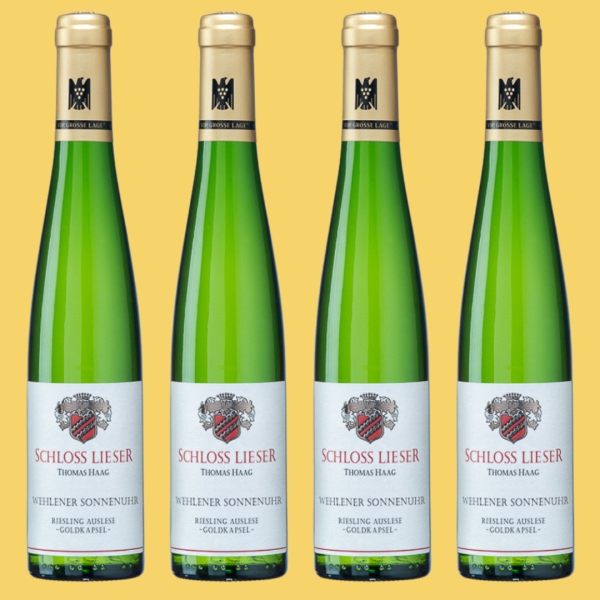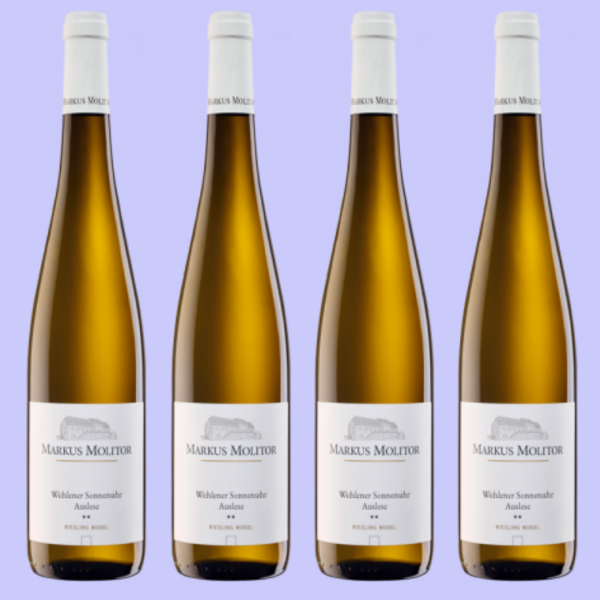
A New Dawn: The Rise of German Dry Riesling
For centuries, German Riesling has been a cornerstone of fine wine, revered for its versatility, purity, and ability to reflect terroir with breathtaking precision. But until the early 2000s, the world’s perception of German Riesling was largely defined by its sweeter expressions—wines like Spätlese, Auslese, and the legendary Trockenbeerenauslese. While these wines continue to command respect, a quieter revolution was taking place in the vineyards and cellars of Germany’s finest producers: the rise of dry Riesling as a global benchmark for complexity, age-worthiness, and finesse.
At the heart of this movement lies the Grosses Gewächs (GG) system, introduced by the Verband Deutscher Prädikatsweingüter (VDP) in 2002. Over the past two decades, GG has transformed the perception of German wine, establishing dry Riesling as one of the world’s most sought-after styles. Today, Germany’s best dry Rieslings rival the prestige and longevity of Burgundy’s Grand Cru whites, offering unparalleled value for collectors and enthusiasts alike.
The Grosses Gewächs System: A Benchmark for Excellence
The Grosses Gewächs System: A Benchmark for Excellence
The Grosses Gewächs designation is rooted in Germany’s oldest and most prestigious vineyard sites. Known as Grosse Lage (Grand Cru), these vineyards are recognised for their unique terroirs and their historic ability to produce wines of extraordinary quality. The introduction of the GG system brought rigorous standards to the production of dry Rieslings from these vineyards, including:
- Strict yield limits to ensure concentration and purity.
- Hand-harvesting to select only the finest fruit.
- Ageing requirements delay the release until the wines are ready to express their full complexity.
This system provided clarity for consumers and elevated dry Riesling to new heights. The GG system set a standard comparable to Burgundy’s Grand Cru classification by prioritising terroir and craftsmanship. While producers like Markus Molitor and Dönnhoff have long excelled at crafting exceptional wines, the GG framework amplified their ability to showcase their finest dry Rieslings on the world stage.
Making Sense of the German Classification System
The original classification system employed in German wine, introduced when sweet wines were dominant, told you about the ripeness of the grapes used to vinify the wine you were drinking.
Kabinett, Spätlese, Auslese, TBA – names which wine connoisseurs around the world are familiar with, tell you at which point of ripening the grapes were picked, with each stage representing a later, and therefore riper, and ‘sweeter’ stage of the process.
The last, most ripe stage, TBA or ‘Trockenbeernauselen’, represents the noble rot stage for those more familiar with the French terminology. These wines have the highest percentage of sugar, the lowest alcohol (often coming in at 8% alcohol), and produce ther smallest yield (due to the shrivelled-up, small nature of the berries at this stage).
As the German system evolved and dry Riesling became more popular, the GG system introduced a way to easily identify the best quality dry Rieslings and to enable winemakers to decouple themselves from the original classification.
Some famous winemakers, such as Egon Muller, only produce sweet or semi-sweet wines, so the naming and use of the original classification system still provide a valuable understanding of the quality and style of the sweet wine.
Other winemakers who have ventured into making both dry and sweet have used an additional colour-coding system to differentiate their wines. Markus Molitor, for example, uses white, green and gold capsules to enable consumers to quickly and easily understand whether the Riesling is made in a dry, semi-dry, or sweet style.
As Molitor also uses the ripeness classification alongside the vineyard classification, this is vitally important to enable a consumer to tell the difference easily between a 2020 “Wehlener Sonnenuhr” Spätlese and a 2018 “Wehlener Sonnenuhr” Spätlese. While the Wehlener Sonnenuhr tells the location and vineyard the wine comes from (and there might be a few German producers who make wine from this vineyard, in the same structure as Burgundy), each winemaker could make it in a different way.
The image below shows a Wehlener Sonnenuhr from Schloss Lieser.

The gold capsule (Goldkapsel) at the top of the bottle that surrounds the cork immediately tells us that this is made in a sweet style. The bird emblem indicates this producer is part of the VDP, meaning it is a high-quality winemaker. The black band that circumferences the capsule reads Gross Lage (Grand Cru), which tells us that the vineyard it comes from (Wehlener Sonnenuhr) is a designated Grand Cru. On the label, the wine is described as Auslese, which is one of the ripest classifications of the Riesling grape.
From this alone, we know this is a very high-quality sweet Riesling style, made from a Grand Cru vineyard by one of the top producers, and it will likely have high sugar content and high acidity, with relatively low alcohol. Which in this example is 7%.
However, the example below also shows a Wehlener Sonnenuhr Auslese, this time by Markus Molitor. In this example, one could assume that these two bottles/wines would be very similar expressions of Riesling. However, the bottle below has a white capsule, which denotes that this is made in a dry style. Despite having the Auslese designation, which tells us the grapes were picked at their most ripe stage, it was made in a dry style. But also from the same Grand Cru vineyard. In this example, the alcohol comes in at 12 degrees comparatively.

Finally, Markus Molitor also employs their own internal ranking system, which we see in the above example. The wine shows 2 stars (**) on the label. They rank their wines up to 3 stars (***), which is the highest quality per their own internal system.
Why Dry Riesling?
Dry Riesling is one of the most transparent expressions of terroir in the world of wine. Its hallmark characteristics—bracing acidity, vibrant fruit, and slate-driven minerality—reflect the unique landscapes from which it is born. From the steep, slate-covered slopes of the Mosel to the volcanic soils of the Nahe, Germany’s finest Rieslings are a testament to the interplay of climate, geology, and meticulous winemaking.
What sets German dry Riesling apart is its ability to balance precision and power. Wines from top producers like Markus Molitor and Dönnhoff demonstrate an extraordinary range: some are crystalline and feather-light, while others are muscular and concentrated. Regardless of style, these wines possess an innate elegance and an unmatched capacity to age, often developing profound secondary characteristics over decades.
A Modern Renaissance
The rise of GG wines over the past two decades has coincided with a broader reappraisal of German Riesling’s potential. International markets, particularly in the United States, the United Kingdom, and Asia, have embraced dry Riesling as a serious contender to Burgundy’s dominance in fine white wine. Collectors have taken notice, too, drawn by the exceptional value that GG wines represent compared to the escalating prices of Burgundy.
Yet what makes German dry Riesling truly unique is its diversity. Unlike Burgundy’s near-exclusive focus on Chardonnay, Germany’s Rieslings span a spectrum of styles and regions, from the laser-sharp wines of the Mosel to the textured, volcanic expressions of the Nahe. This diversity is epitomised by the work of producers like Markus Molitor and Dönnhoff, whose wines stand as pinnacles of craftsmanship and terroir-driven winemaking.
Looking Ahead
The Grosses Gewächs system has firmly established German dry Riesling as a category of global importance, but its potential is still unfolding. Climate change is introducing new challenges—and opportunities—for German winemakers, pushing ripeness levels higher and expanding the possibilities for great dry Riesling in previously overlooked regions.
For collectors, the time to invest in German dry Riesling is now. Producers like Markus Molitor and Dönnhoff are crafting wines that not only compete with the best in the world but often exceed them in terms of value, longevity, and terroir expression. With increasing critical acclaim and a growing presence in fine wine markets, these wines are poised to define the next generation of white wine excellence.
Stay tuned for the next instalment in this series, where we turn our attention to the Mosel and the singular vision of Markus Molitor, whose wines from legendary vineyards like Erdener Prälat and Bernkasteler Doctor are redefining what’s possible for German Riesling.
Related Content
Related Articles

The Rise of Volcanic Wine
By Sean Wright

Frozen Gold: How Icewine Sparked Canadian Wine Tourism
By Stephanie Choi

An Autumnal Oregon Wine Escape
By Alexa Atkinson


